The main principle of Agile is to continuously design, test and implement smaller parts of the ERP system, and once all is good then move on to the next part. The beauty of it is that it works closely with the customer throughout the whole process, step-by-step thereby eliminating nasty surprises or the possibility of a miscommunication early-on in the process having a disproportionately negative effect at go live. The alternative, of course, is the big bang implementation (it doesn’t take much imagination to work out that approach) but as you can guess big bangs are dangerous!
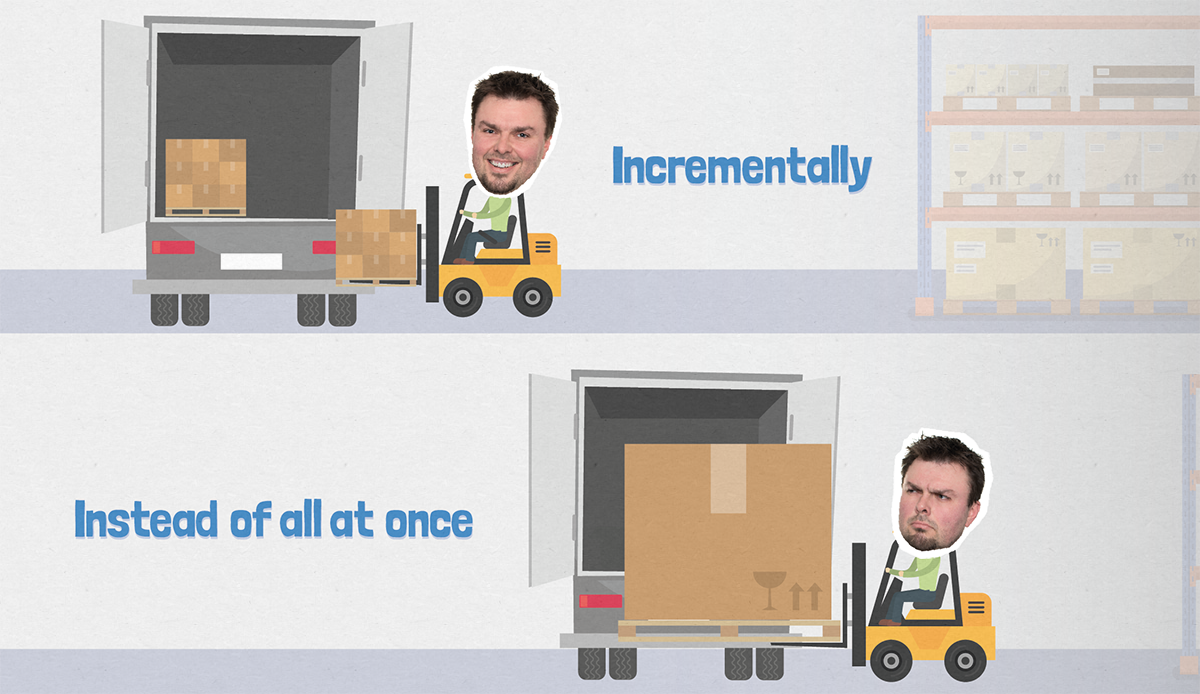
There are 4 core values of an Agile ERP Development & Implementation Process
- Individuals & interactions over processes & tools
- Working software over comprehensive documentation
- Customer collaboration over contract negotiation
- Responding to change over following a plan
Scoping
Firstly, and unsurprisingly, we start with scoping. We talk to your business as a whole, discussing your typical day processes in simple terms. We make sure we understand each normal day process, as well as those unique ways of working. This is part of our Day in the Life process.
Basically – if you can’t work through a day in the life scenario with the system at this stage then it isn’t ready to go live!
During those conversations, together we will be creating ‘User Stories’. Each story describes, in plain English, something that you will be able to do with the new system. That includes things that your ERP system already does as well as any new features or changes you need. These stories are then combined into a ‘Day in the Life’ document, which describes how your Day in the Life will work in Dynamics NAV and Dynamics 365 Business Central.
We will also create your Project Initiation Document (or 'PID') - which is essentially your agile ERP implementation process bible. It contains the details of the project which needs to be agreed by both us and you before any work commences. The PID includes the scope of work, budget, project timeline and details the responsibilities of both parties at key points throughout the project.
So what does that look like in The NAV | 365 People's agile ERP project implementation process?
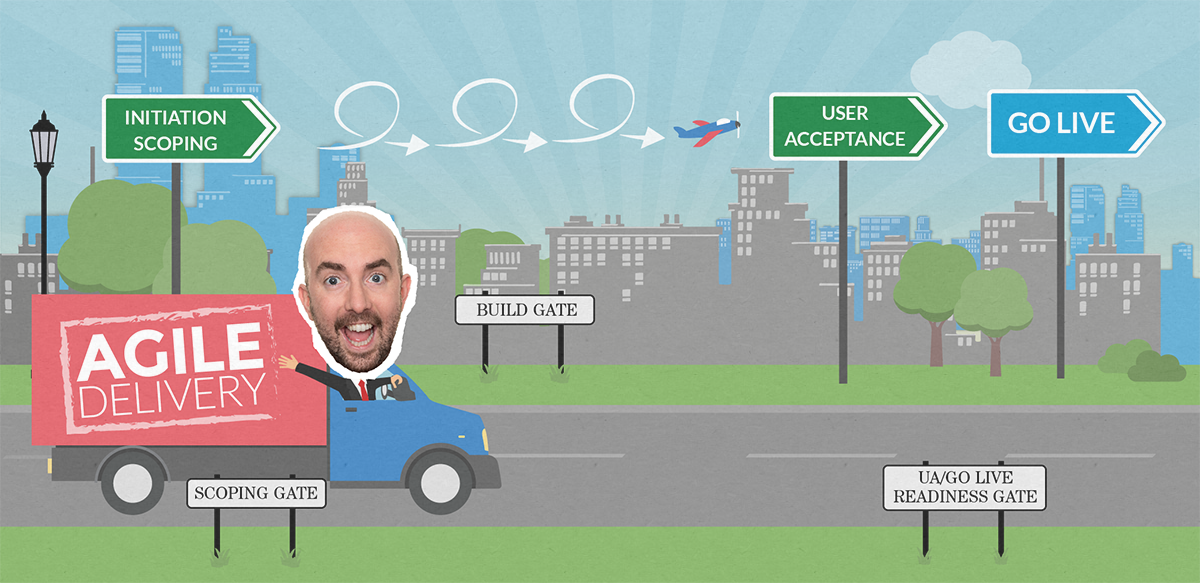
The Scoping Gate
Now we get to our first ‘gate’. At this stage we will run through 4 points:
- Decide with you whether any additional scoping needs to be performed
- Provide you with a revised estimate and a plan of action for you to review and sign-off
- Provide you with your Day in the Life document for your sign-off
- Provide you with the Project Initiation document for your sign-off
Agile ERP Delivery & Implementation
This is where we develop, test and sign-off chunks of the project incrementally – we call these increments ‘sprints’. So, what exactly is a sprint? They are increments of software delivery which can be variable in length depending on project size / team / customer availability (to give you a rough idea of timescale the average sprint is normally about 2 weeks.) They only deliver working software and they always end with a sprint review. You are shown demonstrations throughout the development with periodic process walkthroughs to check that we’re on the right track.
We talk to your business as a whole, discussing your typical day processes in simple terms. We make sure we understand each normal day process, as well as those unique ways of working.
After all our sprints have been completed, with your review, input and testing at the end of each sprint, we are at the build gate where we will do an end-to-end system walk-through. Here we will be able to decide with you whether there are any other system modifications that need to be made. Once you are happy with the end-to-end system walk-through, we will ask for your sign-off on the system build and we’re then through the build gate and onto the User Acceptance Testing / Go Live Readiness Testing. Nearly there!
You are shown demonstrations throughout the development with periodic process walkthroughs to check that we’re on the right track.
User Acceptance
Here we do a confidence playback to make sure you are absolutely, 100%, spot-on happy with the system. This allows us all, including your management and project teams, to assess readiness. The confidence playback is driven by your key users (i.e. it is not driven by us here at The NAV | 365 People!) This is because at this stage the key users should be able to demonstrate their capability to process all Day in the Life scenarios. Basically – if you can’t work through a Day in the Life scenario with the system at this stage then it isn’t ready to go live! All your live data will be imported so you can assess it too. After this playback we will be able to give a revision of the Go Live estimate - if there are further developments to be done then we’ll estimate how long that will take, but if you are all happy after your Go Live Readiness Testing then we are all ready to set a date to...GO LIVE!
For more on ERP systems and our services, click here
To read our ERP implementation case study, click here
To download our ‘Alternative guide to buying ERP’, click here
Find out why we think choosing an ERP partner is more important than price, click here
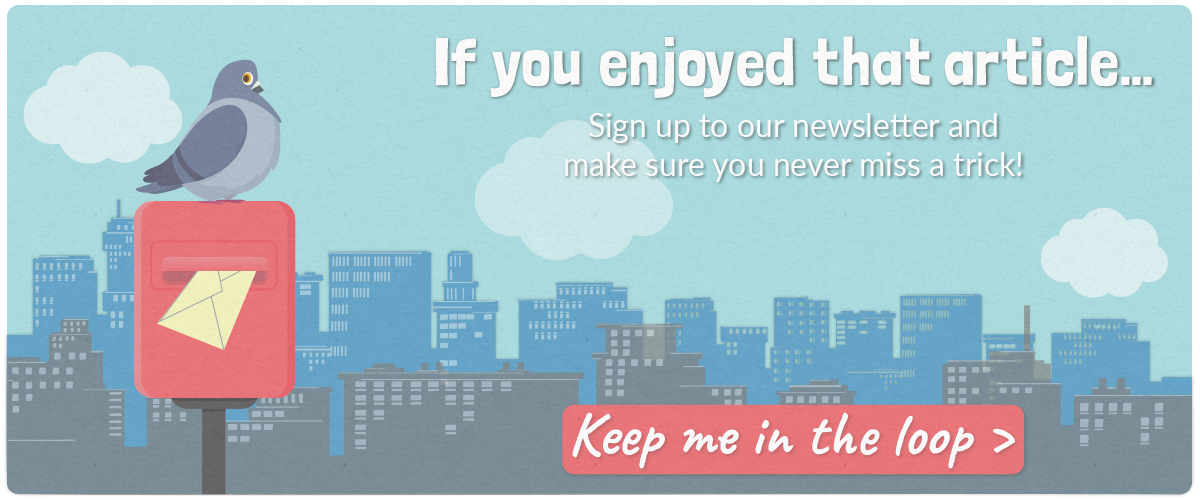
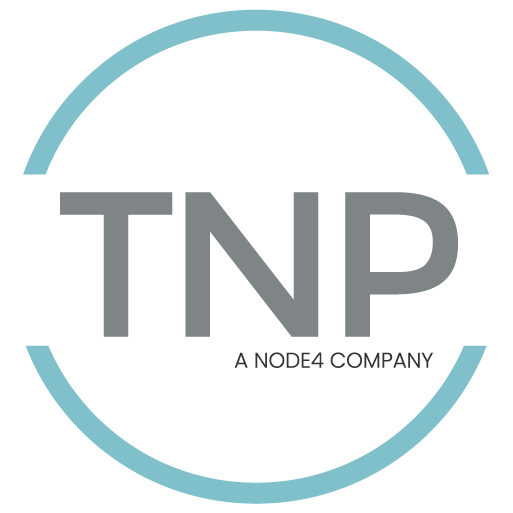
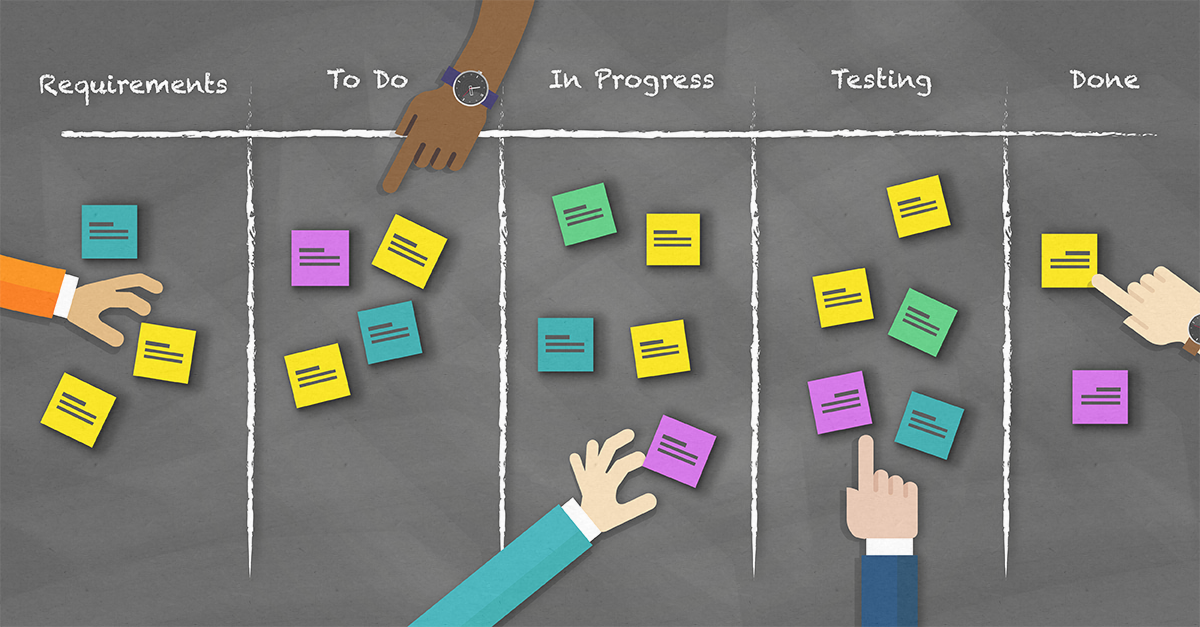
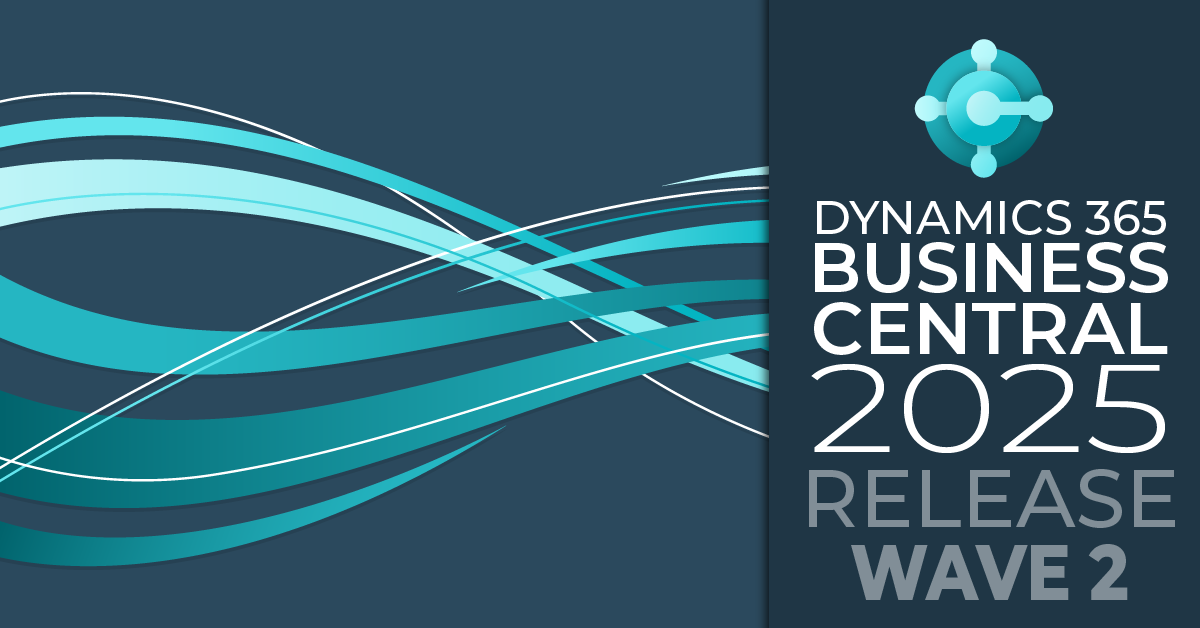

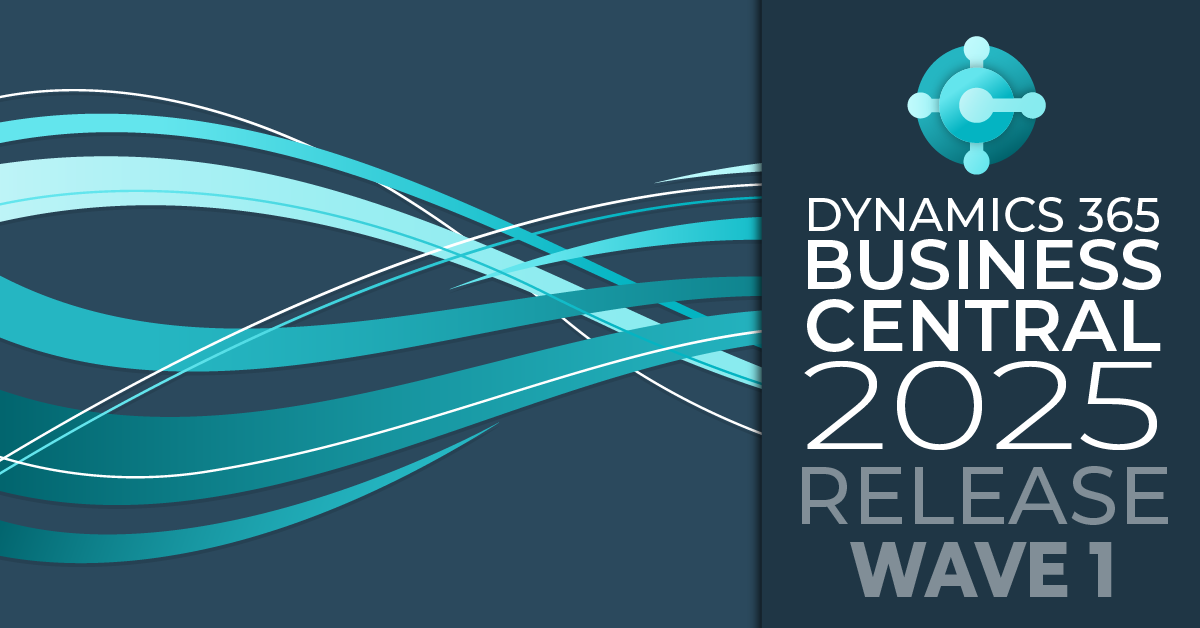
.png)